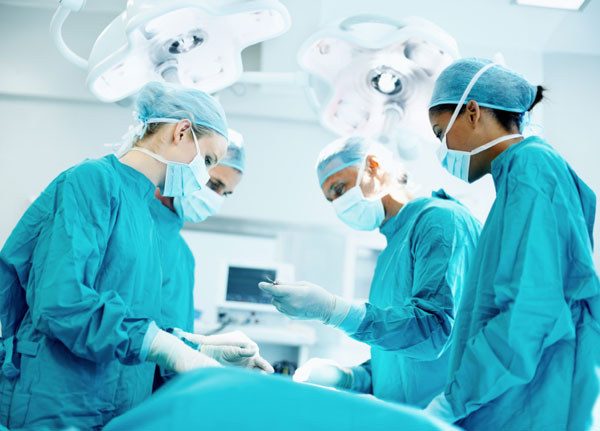The effects of any surgery on the human body can be devastating. With proper preparations and care, the healing process can be accelerated. Knee replacement surgery is an incredibly intricate process, involving several joints and muscles. Certain steps should be taken post operation to ensure fast healing.
Physical Therapy
For the immediate healing of joints and ligaments, doctors recommend physical therapy for each patient. The continuous passive motion machine, or otherwise called the CPM comes with high recommendations from doctors. Using this machine stretches the quadriceps and calve muscles, which are the supporting muscles of the knee.
A second set of physical therapy exercises can be performed easily at home. These include leg dangles, or placing a towel underneath the ankle of the injured leg and stretching fully to extend the leg muscles. Light impact exercises should be performed twice daily to keep the supporting muscles strong and limber.
Some doctors may suggest the use of a cane or a walker in the immediate days following surgery. While these types of devices can seem like an eyesore, postoperative care for knee replacement surgery cannot be taken lightly. Using a cane or walker will help the leg regain strength incrementally. Leading with the operative leg will help continue the healing process. Great care should be taken to mobilize the wounded leg.

Tending the Wounds
Cleaning and sanitizing are a priority in postoperative care. The wounds surrounding the knee should have clean bandages attached and washed daily to prevent the spread of infection. Bacteria and other parasites can easily enter and infect a fresh wound thus requiring the frequent sanitization.
Bathing after knee replacement surgery can be a challenge as well. It is recommended that patients should never bath for up to 6 weeks following a procedure. A shower seat or sponge bath is usually preferred in lieu of a bath. Baths can also cultivate bacteria and slow the healing process. Driving a car and other heavy physical activity should be avoided for a minimum period of six weeks. Swelling tends to happen in the days following knee replacement surgery, and keeping extra activity to a minimum will help reduce muscle tension and inflammation.
It is normal to have a fever after knee replacement surgery. Temperature elevations of up to 100°F are expected. However, if the symptoms should worsen, then a medical professional should be consulted immediately.
The doctor following surgery will prescribe antibiotics and other medications. These medications help against further inflammation and discomfort caused by knee replacement surgery. These medications should be taken on a full stomach, as they are strong and able to cause nausea. A well balanced diet and of course a good nights rest will help alleviate any discomfort felt from strong medications.
Post operative care after knee replacement surgery can be a formidable task. With proper preparation however, the healing process will be expedited. Taking the necessary physical therapy, medications and rest will provide the best environment for facilitating the healing process.

